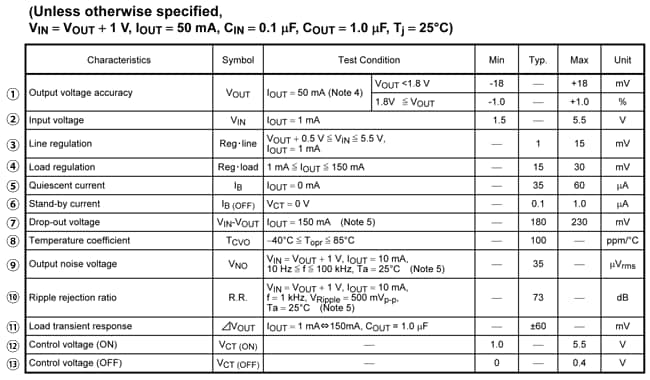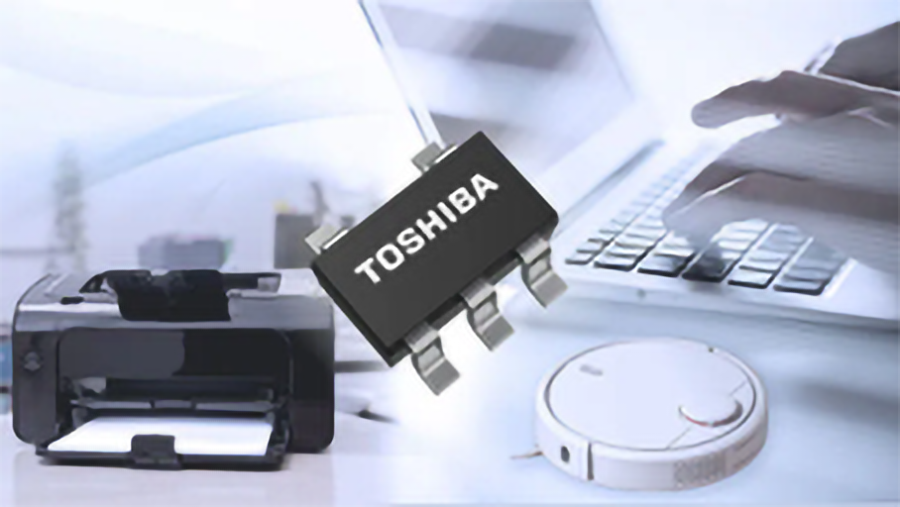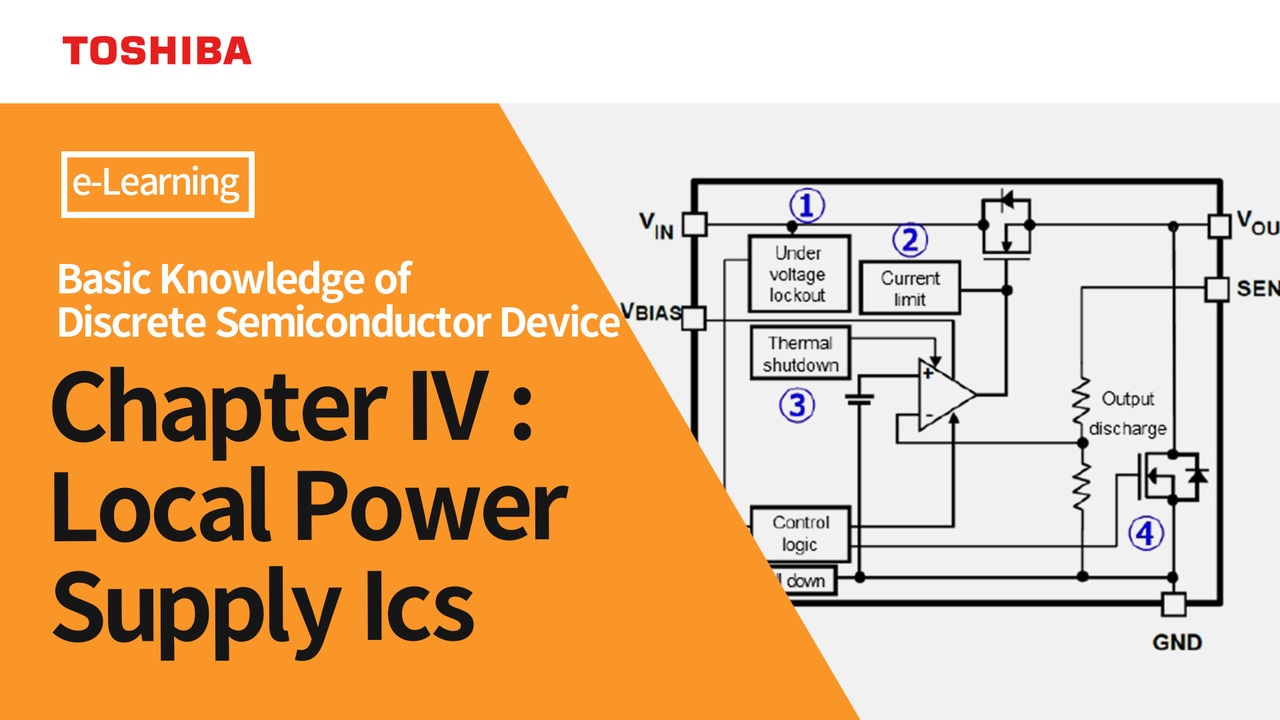- 半導體首頁
-
應用Automotive
Body Electronics
xEV
In-Vehicle Infotainment
Advanced Driver-Assistance Systems (ADAS)
Chassis
IndustrialInfrastructure
BEMS/HEMS
Factory Automation
Commercial Equipment
Consumer/PersonalIoT Equipment
Healthcare
Wearable Device
Mobile
Computer Peripherals
-
產品車用元件
Discrete Semiconductor
Diodes
電晶體
通用邏輯IC
Analog Devices
Digital Devices
Wireless Devices
※
: Products list (parametric search)
功率半導體※
: Products list (parametric search)
隔離器/固態繼電器Photocouplers
Digital Isolators
※
: Products list (parametric search)
MOSFETsIGBTs/IEGTs雙極性電晶體※
: Products list (parametric search)
Diodes※
: Products list (parametric search)
微控制器馬達驅動 ICs智能功率 ICs※
: Products list (parametric search)
電源管理 ICs線性 ICs※
: Products list (parametric search)
通用邏輯 ICs線性影像感測器其他產品其他產品
※
: Products list (parametric search)
-
開發/設計支援
開發 / 設計支援
-
技術知識
- 購買管道
- 型號 & 關鍵字搜尋
- 交叉搜尋
- 參數搜尋
- 線上庫存查詢跟購買
This webpage doesn't work with Internet Explorer. Please use the latest version of Google Chrome, Microsoft Edge, Mozilla Firefox or Safari.
型號需要超過三個文字以上 Search for multiple part numbers fromhere.
The information presented in this cross reference is based on TOSHIBA's selection criteria and should be treated as a suggestion only. Please carefully review the latest versions of all relevant information on the TOSHIBA products, including without limitation data sheets and validate all operating parameters of the TOSHIBA products to ensure that the suggested TOSHIBA products are truly compatible with your design and application.Please note that this cross reference is based on TOSHIBA's estimate of compatibility with other manufacturers' products, based on other manufacturers' published data, at the time the data was collected.TOSHIBA is not responsible for any incorrect or incomplete information. Information is subject to change at any time without notice.
型號需要超過三個文字以上
About electrical characteristics of LDO (Understanding datasheet)

As an example, an "Electrical Characteristics" table for the TCR2EF and TCR2EE Series is shown below.
Definitions of the Terms in the Table
- Output voltage (VOUT):
This is the most important and key characteristic of a power supply IC. VOUT defines the accuracy of output voltage regulation under the specified test conditions.
As shown in the table, it differs depending on the output voltage range.
ICs with an output voltage of 1.8 V or higher are regulated with an accuracy of ±1.0%, while those with an output voltage of less than 1.8 V are regulated with an accuracy of ±18 mV. - Input voltage(VIN):
Range of input voltage that can be applied to a power supply IC. The minimum input voltage, if specified, indicates the input voltage that is required at the minimum to deliver the specified typical output current (IOUT), unless otherwise noted. - Line regulation (Reg・line):
Output voltage changes over the specified input voltage range, with the output current and the junction temperature kept constant (Tj=25°C).
This rating does not include any output voltage change caused by input voltage transients. - Load regulation (Reg・load):
Output voltage changes over the specified output current range, with the input voltage and the junction temperature kept constant (Tj=25°C).
This rating does not include any output voltage change caused by output current transients. - Bias current (IB):
Current consumed by the power supply IC when it is operating - Standby current (IB(OFF)) :
Current consumed by the power supply IC when it is idle - Input-output voltage differential (VIN-VOUT)
Differential between the minimum input operating voltage and the output voltage required for the IC to keep the output voltage in regulation.
Also called dropout voltage. - Average temperature coefficient of output voltage (TCVO):
Change in the output voltage per degree centigrade under the specified test conditions. TCVO of 100 ppm/°C (typ.) means that a 1°C increase in temperature causes the output voltage to increase by 0.1 mV. It should be noted, however, that all devices do not exhibit the same TCVO value; it should be considered only as a guide. - Output noise voltag (VNO):
RMS value of the noise voltage that occurs at the output when the IC is operating - Ripple rejection (R.R.) :
The ratio of the ripple amplitude (i.e., a small alternating-current component) in the IC input voltage to that in the output voltage after being rejected by the circuit
R.R. (dB) = 20 log (ΔVIN/ΔVOUT) - Load transient response (ΔVOUT) :
Change in the regulated output voltage that occurs as a result of a change in load current when the input voltage is stable enough for output voltage regulation - Control voltage (ON) (VCT (ON) ):
Voltage required to turn on the IC - Control voltage (VCT (OFF) ) :
Voltage required to turn off the IC
Related Links
The following documents also contain related information.



